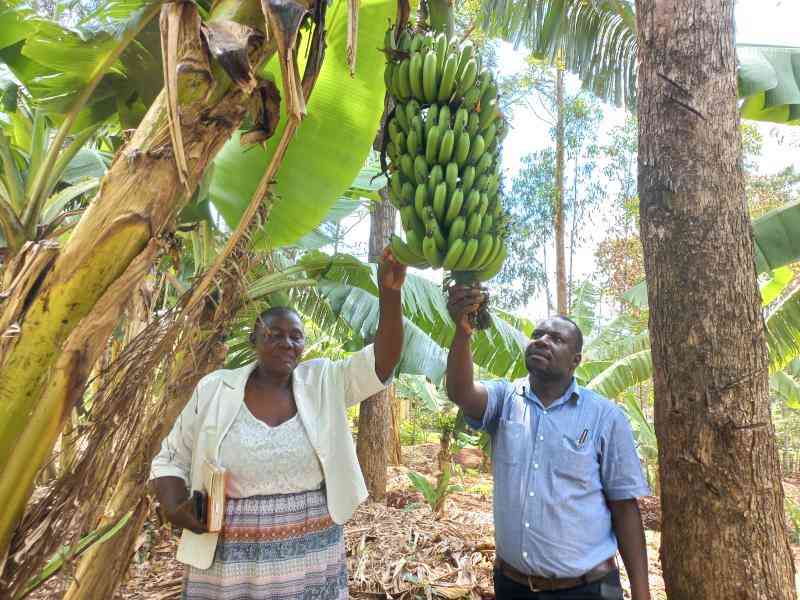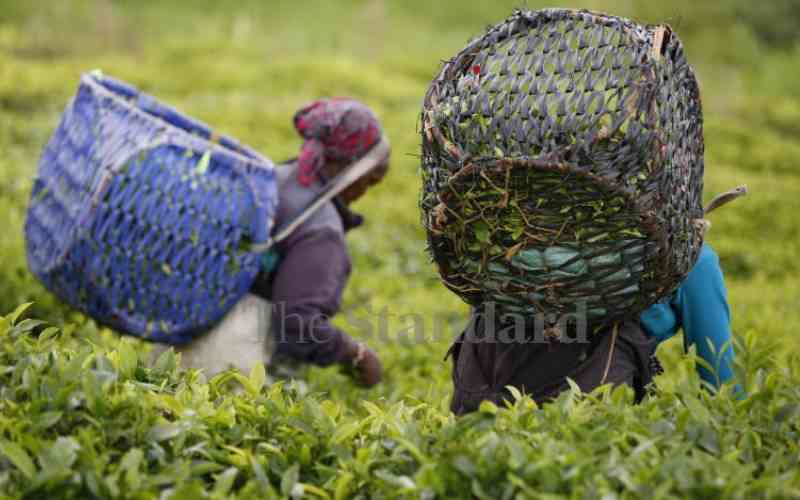The year 2018 was not very exciting for many businesses across the most productive sectors. We in, agriculture, like many other affected industries, jump into 2019 with guarded optimism. Last year’s rains cannot be said to have fallen as expected. The long rains were a deluge while the short season was erratic and intermittent throwing off balance planting and harvesting sufficient quantities. Although the country was not exposed to drought, that we are reliant on rain-fed farming means unreliable rains translate to poor production. For a nation like ours, still agriculture-driven, a poor agriculture year leads to high food prices and pushes up inflation.
Hope is high though as everyone prays for a better 2019. Hope is good, prayers even better. However, without concrete action plans and policy review that place agriculture on a practical trajectory path, our prayers require a miracle.
Those familiar with Kenya’s flower industry know it is the bedrock of agriculture technology and innovation. According to reports, Kenya is leading the world in development of biological pest control products and we are exporting this agrotechnology globally. Recently, a South African biological firm Madumbi, in a partnership with Andermatt of Switzerland and flower grower Oserian Development Company formed Madumbi East Africa, which is based in Naivasha at the new Oserian Flower Park from where it will be producing beneficial insects for distribution across the continent and beyond. The fast growth of this highly specialised segment is attributed to the country’s horticulture sector, one of the most organised and resilient by virtue of its being largely, private sector driven.
It is therefore music to our ears when we hear agriculture is a key pillar in President Uhuru Kenyatta’s Big Four Agenda and look forward to seeing the launch of an agriculture development policy with a clear roadmap that defines what to be done and by when. We can therefore expect a robust agribusiness revolution.
Apart from export horticulture, smallholder tea farming, despite challenges related to low farmer earnings, is a fairly well organised industry. The Kenya Tea Development Agency (KTDA) has organised a process of supporting farmers to produce the green leaf. The agency collects, processes, markets and pays farmers on monthly basis with a bonus at the end of each year.
The same cannot be said of our other major crops like coffee, maize and sugar. The big question is, if KTDA can do it, why is it not possible to replicate the same framework in other crop systems? The National Cereals and Produce Board (NCPB) has been embroiled in a tussle and scandals over maize procurement. It is hoped that with the Big Four Agenda, this ugly state of affairs can be put to rest and farmers can grow, harvest, deliver their maize and get paid promptly season after season. This is the only way the country can get on the road towards food security.
The same headache facing maize farmers is repeated in the sugar industry whose stories for most of 2018 were bitter. Collapsing of factories and impoverishing of farmers, we can only hope that 2019 will return some taste to this highly industrialised sector that has potential to employ thousands if not hundreds of thousands of people across its value chain. Since most of the factories are earmarked for privatisation, the country and the sugar producing counties in particular are looking forward to injection of modern technology in cane development as well as processing to make the commodity affordable and the entire industry economically viable.
Back to the unreliability of rains, it is imperative we stop talking about irrigation and start supporting farmers to embrace the practice at all levels. Today, irrigation technologies have been developed to support small and large units of land therefore if we made efforts to install systems all over the country, it can be done without going far. The technologies are here, some farmers are already practising, it is a matter of widening the scope.
Still, we must start collecting and storing water to support irrigated farming. We have various methods of water collection, and the national and county governments need to craft regulations to guide water management. These are but a few steps we can take towards attainment of bumper harvests for an agriculture rich nation.
-The writer is the Communications manager at Elgon Kenya
 The Standard Group Plc is a
multi-media organization with investments in media platforms spanning newspaper
print operations, television, radio broadcasting, digital and online services. The
Standard Group is recognized as a leading multi-media house in Kenya with a key
influence in matters of national and international interest.
The Standard Group Plc is a
multi-media organization with investments in media platforms spanning newspaper
print operations, television, radio broadcasting, digital and online services. The
Standard Group is recognized as a leading multi-media house in Kenya with a key
influence in matters of national and international interest.
 The Standard Group Plc is a
multi-media organization with investments in media platforms spanning newspaper
print operations, television, radio broadcasting, digital and online services. The
Standard Group is recognized as a leading multi-media house in Kenya with a key
influence in matters of national and international interest.
The Standard Group Plc is a
multi-media organization with investments in media platforms spanning newspaper
print operations, television, radio broadcasting, digital and online services. The
Standard Group is recognized as a leading multi-media house in Kenya with a key
influence in matters of national and international interest.










